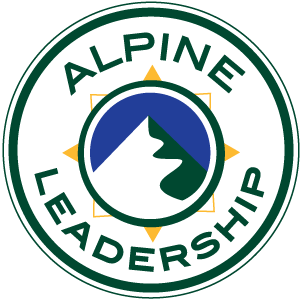Power in Leadership-Mark Haeussler, CEO
-Mark Haeussler, CEO
Many leaders find themselves in some confusion about the use of power in leadership. From the perspective of many years as a leadership coach, power teeters on the brink of schizophrenia, with some years the prevailing discussion favoring the need for strong direction from the top, often advocated in a time in crisis, to a collaborative or team model, where power is shared or invested in teams. The conversation on power gets more confounding as it frequently is not discussed openly, misused, or power usage that is coupled with subterfuge.
Power is essential to leadership. Period. Power is needed to affect change, make ideas and products into reality, and for the effective coordination of resources. Bertrand Russell described power “as the production of intended effects.” Romano Guardini defined power “as the ability to move reality.” When a leader is seen as an authority, their power is being recognized. In the simplest vernacular, power is getting things done. A room full of powerful people, who use it judiciously and effectively, is refreshing in how they readily can get to the heart of a matter and move issues into action.
Because many people have had adverse experiences with power or authority, they often shy away from it. Some organizations appear to disempower as a way to be sure power is not abused or as a way to horde it – with poor consequences. Other times, people mimic the power that they observe in others, not being genuine or fumbling to mimic how others use power. Mirroring previous experiences, such as applying a learned military style into a business setting that has a different culture, can have the same disastrous effects as bringing a trombone to a Bach cello concerto.
Power that is used effectively aligns, enrolls and engages people and resources toward outcomes. We should welcome power of those who would build a better future, and we should have confidence in our own power in moving valuable initiatives forward. The effective integration of servant leadership, power, and strong leadership competency is welcomed by others. But as many have not been students of power, few leaders understand their own power or have an accurate assessment of it. Fewer, still, contemplate the gaps in power in their teams or organizations and the unintended consequences that these gaps are delivering, or the gaps in how to competently wield power.
Power in leadership is best learned in an organized way, either through an exceptional tutor relationship or in a coaching environment away from work. This avoids the potential disastrous results of a trial-and-error approach. Leaders seek opportunities to learn new concepts,practice, get feedback, and practice more. It is essential for leaders to gain perspectives on how they are applying power and the assessments that application of power is producing. Critical is that the emotional intelligence behind the application of power has profound affects. Leaders become great observers of power, and welcome the development of power in those around them. How well do you know how you create your own power and exercise it? How well do you coach it? How well do you foster it and develop it in others?

